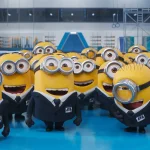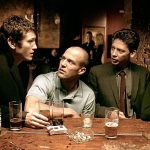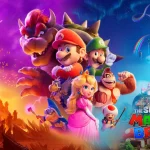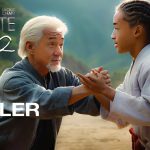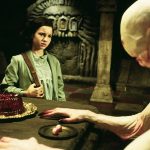🎬 The Godfather (1972)
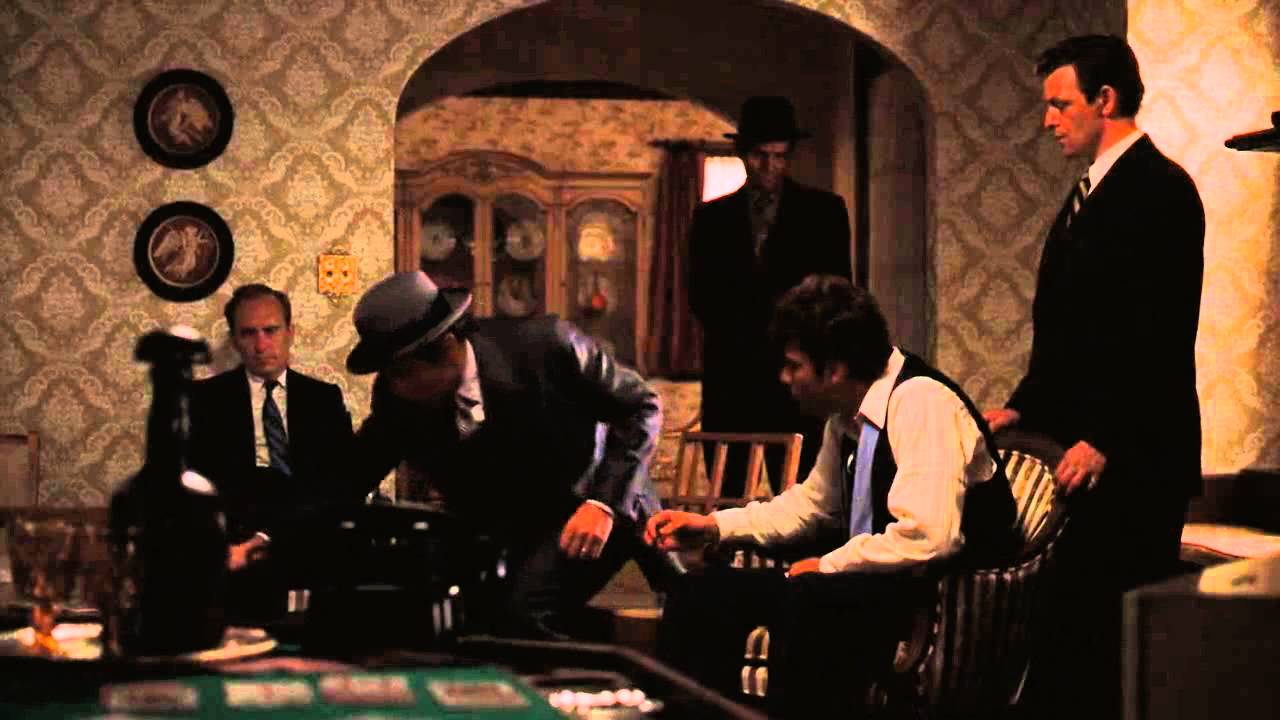
The Godfather (1972) – A Timeless Masterpiece of Crime Cinema
Introduction
Few films in cinematic history have had as profound an impact as The Godfather (1972). Directed by Francis Ford Coppola and based on Mario Puzo’s bestselling novel, The Godfather is widely regarded as one of the greatest films ever made. With its masterful storytelling, unforgettable performances, and exploration of power, loyalty, and family, the film transcends the crime genre, becoming a timeless piece of American cinema.
Starring Marlon Brando as Don Vito Corleone, Al Pacino as Michael Corleone, James Caan as Sonny Corleone, and Robert Duvall as Tom Hagen, The Godfather tells the gripping tale of a powerful Mafia family navigating the dangerous world of organized crime. Beyond the violence, it is a deeply human story about legacy, power, and the inevitable corruption that comes with it.
In this detailed review, we will analyze The Godfather‘s plot, themes, performances, cinematography, cultural impact, and why it remains one of the most influential films of all time.
Plot Summary: The Rise of Michael Corleone
1. The Wedding and the Don’s Power
The film opens with the iconic scene: “I believe in America.” A desperate man seeks justice from Don Vito Corleone (Marlon Brando) during the lavish wedding of Vito’s daughter, Connie (Talia Shire). This opening establishes the Don’s immense influence and sets the tone for the film’s themes of loyalty and power.
Meanwhile, Michael Corleone (Al Pacino), the youngest son, returns from World War II, wanting nothing to do with the family business. However, fate has other plans.
2. The Attempt on Don Corleone’s Life
When the Corleone family refuses to get involved in the narcotics trade proposed by rival gangster Virgil “The Turk” Sollozzo, an assassination attempt is made on Don Vito. With his father incapacitated, Michael steps in, marking the beginning of his transformation.
3. Michael’s Revenge and Exile
Michael kills Sollozzo and a corrupt police captain, forcing him to flee to Sicily. During his exile, he falls in love with and marries a Sicilian woman, Apollonia, but tragedy strikes when she is killed in a car bomb meant for him.
4. The Rise of a New Don
Back in New York, Sonny (James Caan) is brutally murdered in an ambush, prompting Michael’s return. With Don Vito weakened, Michael takes over, methodically eliminating his enemies, including Moe Greene, Barzini, and Carlo, Connie’s abusive husband. In the chilling final scene, Michael, now the Don, lies to his wife Kay (Diane Keaton) about his involvement in the killings, solidifying his transformation into the ruthless leader of the Corleone empire.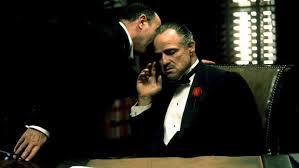
Themes: Power, Loyalty, and the Corruption of Innocence
1. The Corruption of Michael Corleone
One of the most compelling aspects of The Godfather is Michael’s descent into darkness. Initially an outsider to the Mafia world, he is gradually pulled into the family business, ultimately surpassing his father in ruthlessness. His journey from war hero to feared mob boss is one of the greatest character arcs in cinema.
2. Family vs. Business
The film emphasizes the blurred lines between family loyalty and business strategy. Don Vito believes that everything he does is for his family, but in the process, he creates a world of violence and betrayal that ultimately destroys it.
3. The Cost of Power
Power in The Godfather is not just about wealth and influence—it comes at the cost of morality and relationships. Michael’s rise to power results in the loss of his soul, as well as his connection to Kay and his own humanity.
4. The American Dream and Immigrant Experience
Beneath its crime saga, The Godfather is also a film about the immigrant experience in America. The Corleone family, like many real-life Mafia families, rose from poverty to wealth through illicit means, highlighting both the opportunities and corruptions of the American Dream.
Performance Analysis: Iconic Acting That Redefined Cinema
1. Marlon Brando as Don Vito Corleone
Brando’s performance as the aging patriarch is legendary. His quiet yet commanding presence, unique voice, and subtle mannerisms make Don Corleone one of the most unforgettable characters in film history. He brings a sense of wisdom, dignity, and even tenderness to the role, despite being a feared Mafia boss.
2. Al Pacino as Michael Corleone
Pacino’s performance is nothing short of phenomenal. He starts as a quiet, respectable outsider but slowly transforms into a cold, calculated leader. His controlled intensity, particularly in moments like the restaurant assassination scene, is mesmerizing.
3. James Caan as Sonny Corleone
Caan brings fiery energy to Sonny, portraying him as a hot-headed but fiercely loyal character. His brutal death at the toll booth is one of the most shocking and well-executed scenes in the film.
4. Robert Duvall as Tom Hagen
Duvall’s performance as the Corleone family’s consigliere adds depth to the film. As the adopted son who serves as the family’s legal strategist, he bridges the gap between the criminal underworld and legitimate business.
5. Diane Keaton as Kay Adams
Keaton’s portrayal of Kay is essential in highlighting the moral contrast between the world Michael promises her and the reality he creates. Her realization of Michael’s true nature in the final scene is haunting.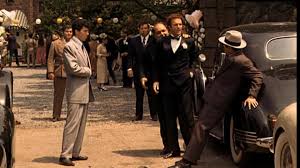
Cinematography and Direction: A Visual Masterpiece
1. Gordon Willis’ Iconic Cinematography
Cinematographer Gordon Willis, known as “The Prince of Darkness,” used deep shadows and warm lighting to create a visual style that perfectly complements the film’s tone. The dimly lit interiors symbolize the secrecy and darkness of the Corleone family’s world.
2. The Use of Long Takes and Slow Pacing
Coppola’s slow, deliberate pacing allows every scene to breathe, making the tension and drama more immersive. The long takes, particularly in the restaurant assassination scene, heighten the suspense.
3. The Famous Opening Shot
The opening sequence, with the line “I believe in America” spoken in a dimly lit room, is one of the most iconic introductions in film history. It immediately establishes the themes of power and justice.
Cultural Impact and Legacy
1. Influence on Cinema
- The Godfather redefined the crime genre, influencing countless films and TV shows, including The Sopranos, Goodfellas, and Scarface.
- It set a new standard for character-driven storytelling and complex narratives.
2. Quotes That Became Legendary
The film is filled with unforgettable lines:
- “I’m gonna make him an offer he can’t refuse.”
- “It’s not personal, Sonny. It’s strictly business.”
- “Leave the gun. Take the cannoli.”
3. Award Recognition and Box Office Success
- Won 3 Academy Awards: Best Picture, Best Actor (Brando), and Best Adapted Screenplay.
- Grossed over $250 million worldwide, making it one of the highest-grossing films of its time.
4. Cultural References
From parody references in The Simpsons to memes and homages in pop culture, The Godfather remains deeply ingrained in popular culture.
Why The Godfather Remains the Greatest Crime Film Ever Made
✔ A gripping, character-driven narrative that explores power and morality.
✔ Unforgettable performances from Brando, Pacino, and the entire cast.
✔ Cinematic excellence with stunning cinematography and masterful direction.
✔ A lasting cultural impact that continues to influence filmmakers today.
Conclusion: A Film That Stands the Test of Time
The Godfather (1972) is not just a crime film—it is a cinematic masterpiece that transcends generations. With powerful storytelling, brilliant performances, and impeccable direction, it remains one of the greatest films ever made. Whether you’re watching it for the first time or the hundredth, its impact never fades.
